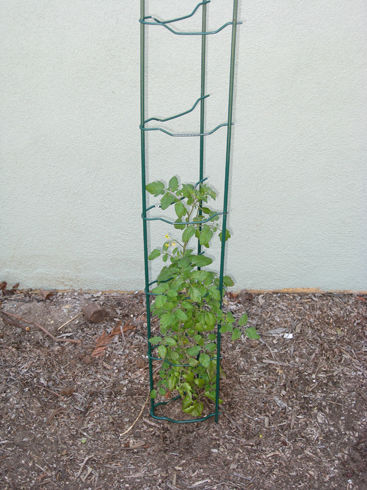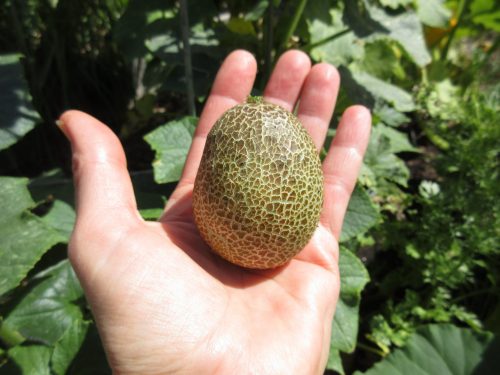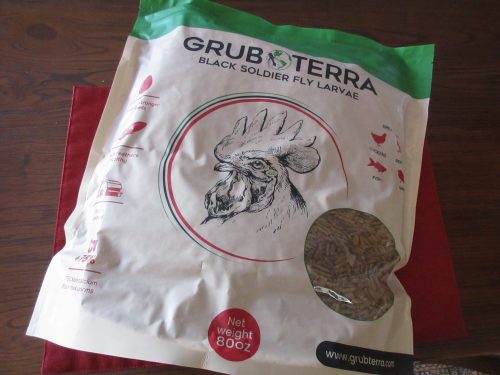Today we completed the third installment in the Gardenerd Organic Gardening Series on Seed-starting, Transplants and Heirlooms, and I think this was my favorite class so far. There’s something about nursing little babies (I mean the seedlings, not the beginning gardeners) to life. We started the class with an overview of seeds – how to store them properly, how to interpret the seed packet information, and how to test for seed viability.
Then we moved on to discuss the difference between heirlooms, open-pollinated seeds, and hybrids. It was good to review those differences, since I constantly have to look it up to remind myself – brain like a sieve. Anywho – we talked about which plants generally like to be started indoors and which plants do best planted directly in the garden soil. We established that there is no hard and fast rule, just a matter of consensus that applies to most areas of country. Here in Southern California and other warmer-winter climates, we have the longest growing seasons in the States, so growing from seed isn’t always a necessity, but rather an experiment. Having grown almost every vegetable directly in the soil, I confessed that the only things that really don’t work that way in this climate are tomatoes, pepper and eggplant. I’ve also had trouble getting cauliflower to set a head sometimes, but for the most part, my garden has always been a direct-seed operation.
That said, I can’t express how joyful it is to finally have a full-blown seed starting set up at home. While it is possible to start seeds using readily available full spectrum fluorescent lights and seed trays, I have to say that the Sunlite Seed-starting System I received for my birthday from my beloved husband is, in a word, awesome.

It’s a bargain compared to buying all the components separately.
So back to the class… We went outside and gathered some seedlings from my Sunlite System and began the operation of transplanting them into bigger pots. We moved them up to 4″ pots, added potting soil, and watered them in.
For those in the class, you’ll be happy to know that our little cucumber plants that went into transplant shock almost immediately (most likely because they prefer to be direct-seeded) had a full recovery to health and strength within a couple hours.
We then talked about transplants – particularly how to pick a good one at the nursery. There was a sample of a good and bad transplant on hand. We ended up raffling off the “good” transplant at the end – a Black Krim tomato start. Black Krim is an heirloom tomato with black streaks at the top of the fruit. A wonderful addition to any back yard garden. Speaking of heirlooms, we talked about the world of possibility available to heirloom seed gardeners. O, the seed exchanges! So many wonderful options. I am personally looking forward to finding some unusual varieties to try next year.
We have one more class on March 22nd, The Basics 4 – Pruning, Tools and Tool Care. If you would like to join us, you can register at this link: Registration here.
If you were unable to join us for this series, but want to get in on the next round, visit the home page at Gardenerd.com and click on the link under Latest Gardenerd News where you can weigh in on your preferred time slot when we re-run this series in May.
So – what are you planning and planting right now? Share it with us here?





